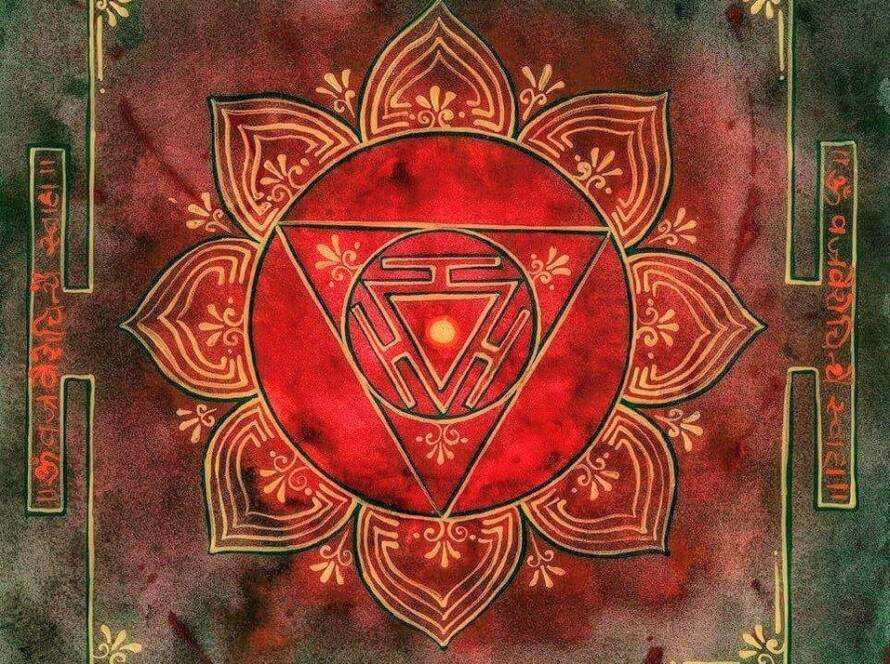Tibetan Buddhism originated in the Eastern part of India (Bengal, Bihar) and then shifted to Tibet with the fall and decline of Buddha dharma when Turko-Mongol warriors destroyed their monasteries. In their tradition all paths are finally originated from five dhyānibuddha-s (meditative Buddhas) who control every divine emanation and power that is used to attain to the state of Shunya. Of these five Amoghasiddhi – meaning infallible success – is the lord of the mind that creates ideas, not the mind that reacts to sensations. His consort is Green Tara, and he sits on Garuda, the Divine bird with a mudra of fearlessness. He is capable of destroying any kind of poison, whether external or internal, physical or psychological and even the poison of envy by freeing the mind from negative emotional states.
The five dhyānibuddha-s are also lords of the five elements: earth, water, air, fire and akasa. Amoghasiddhi rules air element. Air element or Vayu Tattwa when positive can provide great strength, when negative induces crippling fears and various neurotic and psychotic states, depressions etc.
All sadhana is finally linked to these 5 elements, for without using one or more of them no progress is possible.
Amoghasiddhi-s mantra is “oṃ amoghasiddhi āḥ hūṃ“. The last beeja is useful for controlling and dominating negativity or asuric forces. It is widely used in Hindu mantra shastra as well.
Photo: 15th century painting of Amoghasiddhi with his consort Green Tara from a monastery in Tibet.


